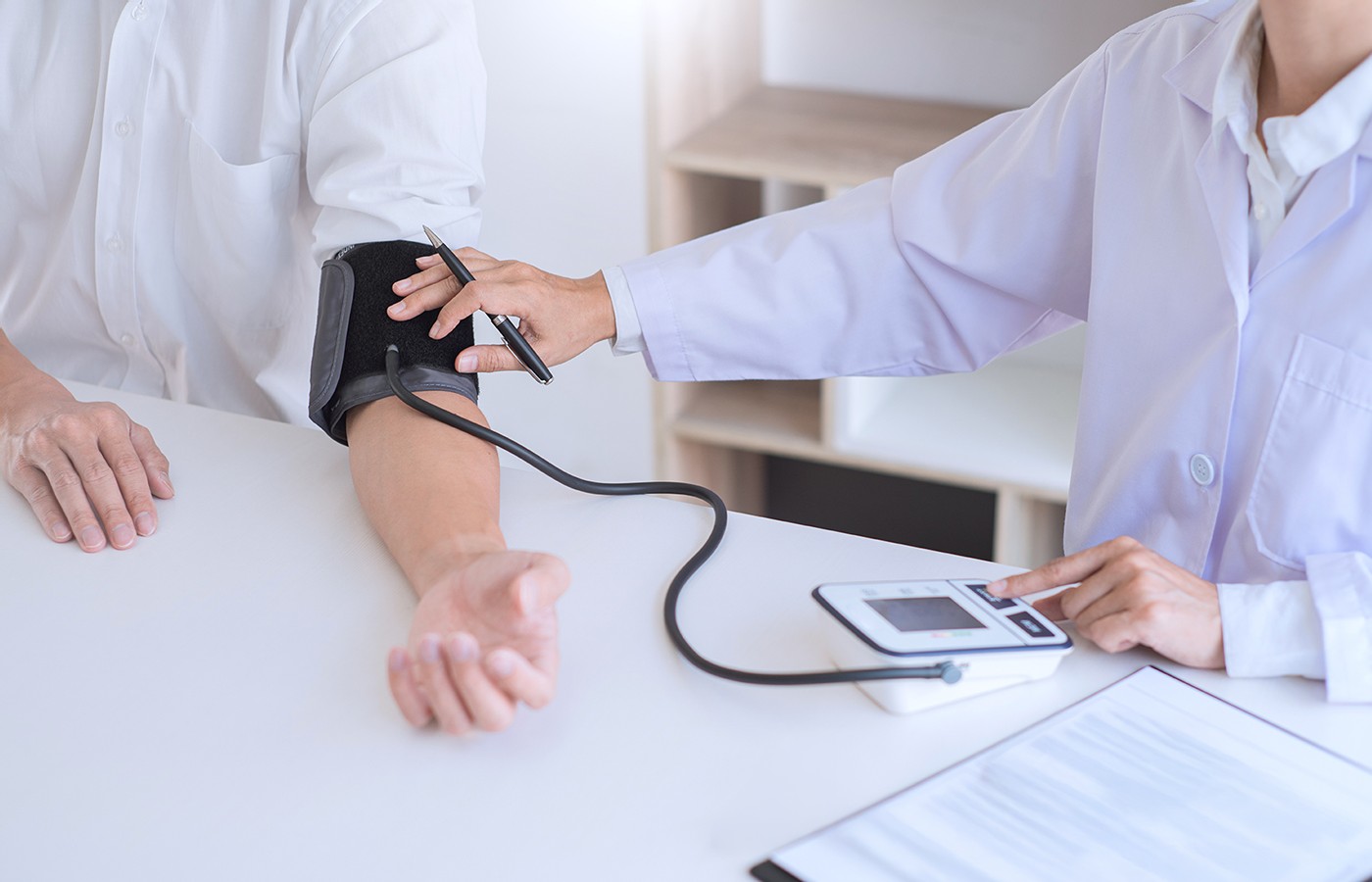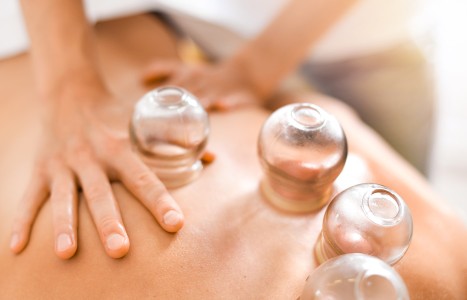Whether you accept it, avoid it or live somewhere in between, insurance coverage has become a defining issue for our profession. Patients increasingly expect to use their benefits, practitioners want to be compensated fairly for their time and expertise, and the system itself remains – at best – fragmented. The encouraging news is that coverage has expanded in meaningful ways. The challenging news is that reimbursement, across the board, remains inadequate.
Using Blood Pressure and Heart Rate Measurements to Determine an Objective TCM Diagnosis (Pt. 1)
Edited by Debra Nash-Galpern and Britta Becker-Thomas
During the past 20-plus years in which Dr. Jimmy Chang has been teaching, he has taught us that a proper assessment of patients’ blood pressure and heart rate can prove to be a much more reliable diagnostic measure than the patients’ subjective complaints. Dr. Chang has made the distinction of four different blood pressure and heart rate types. These types lead to an objective Eight Principle pattern differentiation, often independently of the patient’s symptoms. Such an accurate diagnosis, which often stands in stark contrast to the patient’s symptoms, can guide the practitioner to prescribe very effective formulas.
In 2018, based on a new study on blood pressure done in Taiwan, Dr. Chang discovered further systolic and diastolic blood pressure types with corresponding effective herbal prescriptions. This article is a summary of all of these patterns in order to assist practitioners to use this information correctly for diagnosis and sound treatment protocols.
General Considerations
Systolic Pressure: A normal systolic pressure should be no higher than 160 mmHg, and no lower than 110 mmHg. Systolic pressure is directly correlated with blood pressure in the head. High systolic pressure is an indication of an overactive sympathetic nervous system, which indicates that the patient is under too much stress. Other common reasons are decreased kidney function or neck and shoulder congestion.
Diastolic Pressure: Diastolic pressure should be in the range of 70-95 mmHg. Diastolic blood pressure is the pressure found in the vessels in between heartbeats, and correlates directly with the pressure found in the heart.
Heart Rate: A normal heart rate is between 60-80 beats per minute (bpm). Heart rate is most significant when it’s above 110, at which you should suspect infection and pus should the patient also display fever in your clinic.
Diagnosing and Treating Blood Pressure Types
Type 1 – High Blood Pressure, Fast Heart Rate
- Description: This type of patient presents with a systolic blood pressure above 140 mmHg, a diastolic blood pressure above 90 mmHg, and a rapid heartbeat (above 85 bpm).No matter what the patient’s complaints are, even if they appear paradoxical (for example, the patient may complain of weakness, dizziness, and other deficiency signs), the objective finding based on this blood pressure type is one of excess heat.
- Measurements: Systolic > 140 mmHg; Diastolic > 90 mmHg; HR: > 85 bpm
- Possible symptoms: Any symptoms associated with excess heat, but may include paradoxical symptoms, such as weakness, dizziness and deficiency symptoms.
- Pulse Quality: Expanding, forceful, thick, convex, big.
- Eight Principle Differentiation: Excess heat.
- Treatment Principle: Clear excess heat via acupuncture, blood letting and/or heat-purging herbs.
- Possible Formulas: Bai Hu Tang (White Tiger Decoction); Long Dan Xie Gan Tang (Gentiana Decoction to Drain the Liver). Dr. Chang likes to use a formula that consists of the above plus Zhi Bai Di Huang Wan (anemarrhena, phellodendron and rehmannia pill). He prefers to combine all three formulas, using the metaphor that it is faster to ventilate a car by opening all the windows at once instead of one at a time. This concept applies here in that the three formulas used together clear heat from all three jiaos simultaneously.
- Contraindications: Tonic formulas are contraindicated and put patients with this blood pressure presentation at risk.
Type 2: Low Blood Pressure, Slow Heart Rate
- Measurements: Systolic < 95 mmHg; Diastolic < 60 mmHg; HR: < or = 60 bpm
- Possible Symptoms: Any signs of deficiency.
- Pulse Quality: Small.
- Eight Principle Differentiation: Deficiency.
- Treatment Principle: Tonification via tonifying formulas.
- Possible Formulas: Bu Zhong Yi Qi Tang (Tonify the Middle and Augment the Qi Decoction); Shi Quan Da Bu Tang (All Inclusive Great Tonifying Decoction).
- Contraindications: Avoid using too many heat-clearing herbs. Should some heat be present, be sure that the majority of your prescription is tonifying. Acupuncture is contraindicated. Low systolic blood pressure (< 110 or 90 mmHg) indicates that the body is deficient and needs tonification. In this case, dietary advice should include eating a heartier diet including beef, which is high in zinc, in order to build more protein. Ideally beef should be included in every meal. Exercise in this case should be mild.
Type 3: High Systolic Blood Pressure, Slow Heart Rate
- Description: In this case the systolic blood pressure is above 140 mmHg, diastolic blood pressure is usually normal (around 80 mmHg) and the heart rate is lower than or equal to 65 bpm. This reading would be indicative of someone who does not require blood pressure medication.
- Measurements: Systolic > 140 mmHg; Diastolic normal (around 80 mmHg); HR: < or = to 65 bpm.
- Possible Symptoms: Dark lips, tongue, gums and elbows, brownish spots on the ears.
- Pulse Quality: Stagnant, sluggish, low amplitude.
- Diagnosis: Blood stasis.
- Treatment Principle: Move blood.
- Possible Formulas: Xue Fu Zhu Yu Tang (Drive Out Stasis in the Mansion of Blood); Ge Xia Zhu Yu Tang (Drive Out Blood Stasis Below the Diaphragm Decoction); Shao Fu Zhu Yu Tang (Drive Out Blood Stasis in the Lower Abdomen Decoction); She Chong Yin (Break the Conflict Decoction); Zheng Gu Zi Jin Dan (Purple and Gold Pill for Righteous Bones).
- Contraindications: Use less tonics to avoid more stagnation in the body.
Type 4: Low Blood Pressure, Fast Heart Rate
- Description: Here the systolic blood pressure is below 90 mmHg, diastolic blood pressure is usually below 60 mmHg and the heart rate is over 80 or 100 bpm. These patients are usually chronically ill and have exhausted themselves physically and emotionally over prolonged periods. Hospitalized patients often present with this blood pressure type.
- Measurements: Systolic < 90 mmHg; Diastolic < 60 mmHg; HR: > 80 bpm.
- Possible Signs and Symptoms: Physical and mental exhaustion.
- Pulse Quality: Rapid.
- Diagnosis: Deficiency, heat-yin deficiency. The faster the heart rate, the more deficient the yin fire has become. Dr. Chang refers to this as a deficiency of substances, such as blood, hormones and proteins.
- Treatment Principle: Nourish yin, clear deficiency heat with herbs and diet (no needling)
- Possible Formulas: Mild tonics such as Ren Shen Yang Ying Tang (Ginseng Decoction to Nourish the Nutritive Qi); Liu Wei Di Huang Wan (Six-Ingredient Pill With Rehmannia).
- Other Recommendations: Patients need to eat more, especially red meat such as beef. Nutrients from food are essential for recovery. Avoid raw foods.
- Contraindications: Strongly warming or tonifying herbs cannot be handled by these patients. When used, deficient fire will flare up and the patient may experience symptoms of irritability, restless sleep, hot flashes, etc. Needling is contraindicated.
Type 5: High Systolic and Diastolic Pressures
- Description: Patients with this type have both high systolic (>170 mmHg) and diastolic (>110 mmHg) blood pressures, and are usually robust and appear overweight. Left unchecked for 10 years or more, this condition puts the patient at high risk for myocardial infarction. Left untreated for over 20 years, stroke is likely to occur. Renal hypertension is also a likely consequence if left untreated.
- Measurements: Systolic > 170 mmHg; Diastolic > 110 mmHg.
- Pulse Quality: Thick and forceful indicating hardening of the vessels and sympathetic hyperactivity. Left CUN pulse will be a gu pulse. Right CHI pulse may be a turtle pulse or just generally thick and forceful. This indicates that blood flow to the head is reduced due to neck tension.
- Diagnosis: Blood stasis and heat.
- Treatment Principle: Move qi and blood, clear heat, drain dampness.
- Possible Formulas: To lower blood pressure use: Mao Dong Qing (Radix Ilicis Pubescentis); Shui Ding Xiang (Herba Ludwigiae Prostratae); Xiang Feng Cao (Herba Bidentis); Chuan Niu Xi (Radix Cyathulae); Di Long (Pheretima Lumbricus). For neck tension add: Ge Gen Tang (Kudzu Decoction).
- Dietary and Other Considerations: Avoid all carbohydrates (except wheat) and reduce meat consumption, concentrating on vegetables. Consume as little food as possible, always remaining slightly hungry. Reduce meals to twice per day. This is essential to improving this precarious situation, even though it may constitute a challenge to the patient. Regular gua sha, cupping, or massage to release the tension in the neck can be also very helpful.
- Contraindications: Avoid tonic herbs to prevent more stagnation from forming. Use only when necessary.
Editor’s Note: Part 2 of this article (April web issue) outlines blood pressure types 6-10.



